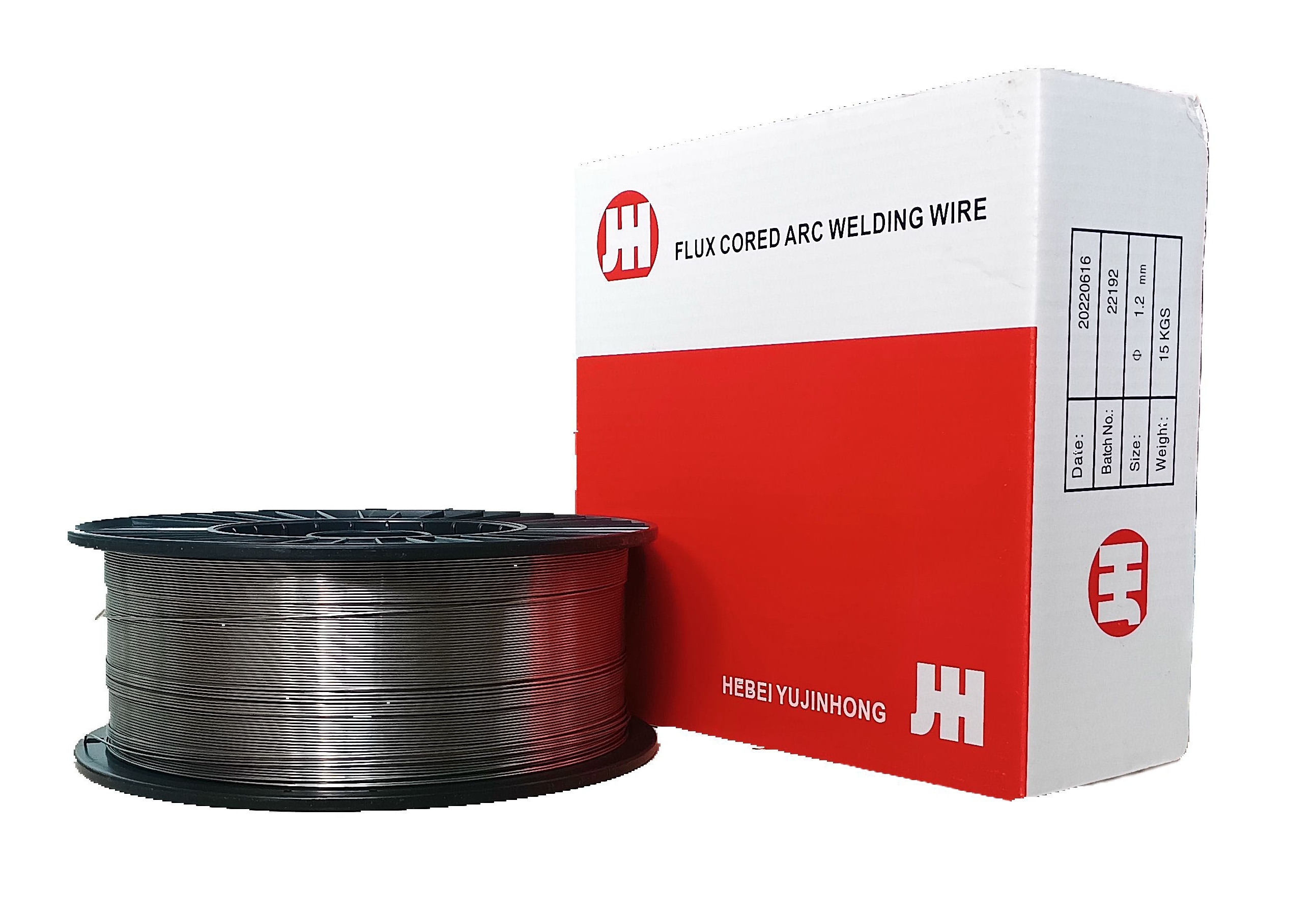Choosing the Best MIG Wire for Stainless Steel Welding Applications and Manufacturers
Understanding MIG Wire for Stainless Steel A Guide for Manufacturers
Metal Inert Gas (MIG) welding has become a preferred method for joining various metals, particularly stainless steel, due to its efficiency and versatility. The choice of MIG wire is paramount for achieving high-quality welds in stainless steel applications, as it directly impacts the integrity, strength, and appearance of the final product. This article explores the importance of selecting the right MIG wire for stainless steel welding and highlights considerations for manufacturers.
Types of MIG Wire for Stainless Steel
MIG wires intended for stainless steel welding are typically made from austenitic alloys, which are well known for their corrosion resistance and strength. The most common types include ER308L, ER316L, and ER309L. Each type has unique properties that make it suitable for different applications
1. ER308L This wire is optimal for welding 304 stainless steel, which is one of the most widely used grades. It offers excellent corrosion resistance and is generally used in food processing and chemical applications.
2. ER316L This wire contains molybdenum, providing enhanced corrosion resistance compared to ER308L, particularly against chlorides. It is ideal for industries such as marine and pharmaceutical, where exposure to harsh chemicals is common.
3. ER309L Often used for dissimilar metals, ER309L is suitable for welding stainless steel to carbon steel. It provides good ductility and has excellent resistance to brittle fracture.
Key Considerations for Manufacturers
mig wire for stainless manufacturers

When selecting MIG wire for stainless steel welding, manufacturers must consider several factors
1. Material Compatibility It is crucial to match the MIG wire to the base material being welded. Understanding the chemical composition and properties of both the wire and the stainless steel is essential for achieving optimal weld quality and performance.
2. Welding Position The manufacturing process might necessitate welding in various positions (flat, horizontal, vertical, or overhead). Different MIG wires may perform better in specific positions, impacting bead shape and penetration.
3. Shielding Gas Choices The choice of shielding gas, typically a blend of argon and carbon dioxide, will also affect the MIG welding process. For stainless steel, using 100% argon or a mix with helium is often recommended to provide better arc stability and cleaner welds.
4. Feeding and Equipment Having the right equipment, including a properly calibrated wire feeder and MIG welder, is vital for ensuring smooth feeding and consistent arc stability. Manufacturers must also consider the diameter of the MIG wire, commonly available in sizes ranging from 0.030 to 0.045 inches, which should be matched to the welding application's requirements.
Conclusion
The choice of MIG wire for stainless steel welding is a critical aspect for manufacturers aiming to produce high-quality components. Understanding the various types of MIG wires available and their specific applications allows for better decision-making in the manufacturing process. By considering factors such as material compatibility, welding position, shielding gas, and equipment, manufacturers can ensure they select the most suitable MIG wire for their stainless steel projects. Consequently, this will not only enhance the durability and performance of the welded products but also streamline the overall production process, leading to increased efficiency and reduced costs.
-
Best MIG Welding No Gas Flux Core Solution – Easy, Portable & Clean WeldingNewsJul.08,2025
-
7018 Welding Rod 3/16 - High Strength, Low Hydrogen Electrodes Wholesale 3/32 Welding Rod 7018 Suppliers & China 7018 AC Welding Rod FactoryNewsJul.08,2025
-
High Quality MIG Aluminium Welding Wire - Wholesale Factory Prices from China SuppliersNewsJul.07,2025
-
High-Quality Gasless Aluminum Welding Wire China Gasless Aluminum MIG Wire SupplierNewsJul.07,2025
-
High Quality Ordinary Welding Rod for Pipes – Reliable China Welding Rod 7016 SupplierNewsJul.06,2025
-
Welding Wire 0.9 mm ER70S-6 Supplier Wholesale Manufacturers & FactoriesNewsJul.06,2025


